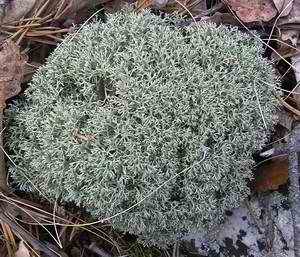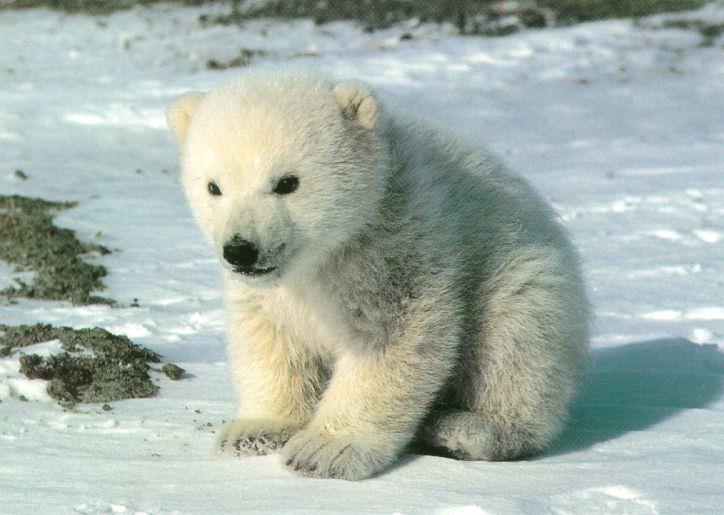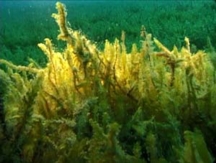Three examples of carbon sinks are: shells, trees, and if you were at a funeral.
Three examples of carbon sources are: driving to school, making toys, and
burning fossil fuels. Some carbon sinks could be bad, because they make
pollution in the air which is bad for the environment. Three example of
release agents are: volcanic eruptions, deforestation, and jumping rope.
Tuesday, May 25, 2010
Monday, May 24, 2010
Endangered Species Links
Why polar bears are endangered :( -
http://www.nwf.org/Wildlife/Wildlife-Library/Mammals/Polar-Bear.aspx
How to save the endangered species :) - http://www.endangeredspecie.com/Ways_To_Help.htm
Food Chain and Food Web

A food chain is the chain of organisms eating other organisms. This chain gives organisms energy to live. For example, the sun helps lichen produce glucose for food, and the lichen gets eaten by the caribou. The caribou gets tired and takes a nap and an arctic wolf attacks the caribou and eats it. The arctic wolf gets old, and he just collapses. The moss decomposes the arctic fox and gives plants nutrients.
If primary consumers became extinct many activities can happen.There will be an over increase of producers, because there are no animals to eat the plants. There will also be a decrease of secondary consumers, because they have nothing to eat unless they are a omnivore. Lastly, there will be less dead carcasses, because there are no primary consumers. Which means there will also be less scavengers.
Scavenger
Producer
 A producer is a living organism that makes its own food through photosynthesis. One producer in the tundra is lichen. Lichen is basically algae and fungi in one plant. They usually grows on rocks, but the strange part about it is that they don't need soil to grow. They are usually eaten by caribou in the winter.
A producer is a living organism that makes its own food through photosynthesis. One producer in the tundra is lichen. Lichen is basically algae and fungi in one plant. They usually grows on rocks, but the strange part about it is that they don't need soil to grow. They are usually eaten by caribou in the winter.
Sunday, May 2, 2010
Primary Consumer

A consumer is an animal that eats plants also called a herbivore. Caribou are from the deer family. They have thick and hollow hairs, which helps them keep warm. They move across the Arctic usually in large herds. They eat plants. For the winter they go into the forests, so the trees will give protection from the wind and snow. In the spring the caribou leave the forest and go to the tundra for there calves to be born.
Wednesday, April 28, 2010
Secondary Consumer

Secondary Consumers are carnivores that feed on herbivores. Polar Bears are the world's largest land animal. They can be found in the Arctic, Canada, Russia, United States, Norway, and Greenland. These countries have banned killing polar bears, because they are almost going extinct. Ice is melting because of global warming, also there are going extinct since they are top of the food chain. Since they are on the top of the food chain the toxin accumulates into their body. They like eating seals but they eat other animals, too.
Monday, April 26, 2010
Decomposer

A decomposer is an organism that breaks down dead animals into nutrients for plants. Arctic moss or Calliergon giganteum grows in the harsh terrain of hundred mile winds and -25 degrees Celsius. Since there is only eight weeks of summer photosynthesis does not really work. Since there is only thirty centimeters of rain a year the tundra is unusually dry. The tundra is about 75% covered in permafrost. There are many cracks because of the freezing and thawing. The frozen soil prevents water from sinking in the ground. This causes many akes, streams, and bogs. The most unique thing is that it grows in freshwater Arctic lakes and fens(wetlands). It is an aquatic plant and grows in the bottom of lake beds.
Quiz
1) What is a decomposer
a. a cow
b. something that breaks down organisms
c. something that makes plants
b. photosynthesis
2) What is a producer
a. something using photosynthesis to create its own food
b. a cow
c. something that decomposes organisms
d. photosynthesis
3) What is a scavenger
a. a cow
b. something that decomposes organisms
c. a tree
d. an organism that feeds on the remains of animals
4) What is an example of a primary consumer
a. a cow
b. a hawk
c. a dragon
d. a lion
5) What is an example of a secondary consumer
a. a cow
b. an artic fox
c. a polar bear
d. a seal
Subscribe to:
Comments (Atom)

